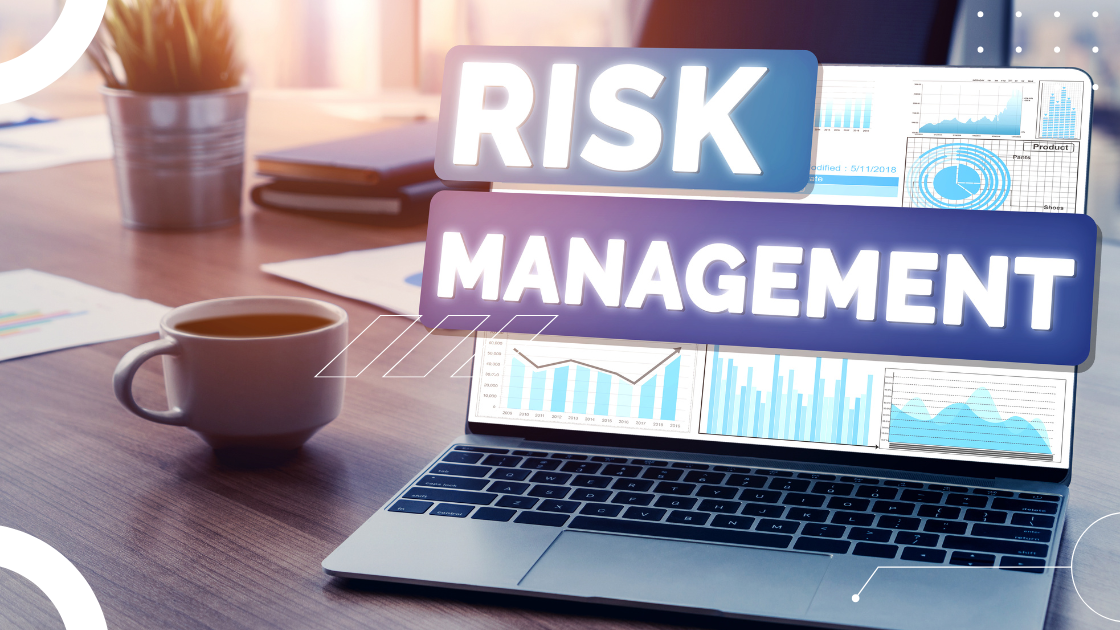The Need for Risk Management in 2025
The crypto market in 2025 is fast-paced, volatile, and more accessible than ever. New investors often get caught up in the hype, leading to over-leveraged positions, emotional trading, and painful losses. As seasoned experts emphasize, it’s not about how much you make, but how much you keep.
With Bitcoin crossing $75,000 and altcoins experiencing extreme price fluctuations, having a defined risk management plan is more crucial than before. This guide outlines essential principles that every trader — beginner or advanced — must follow to secure profits and preserve capital.
📌 Rule 1: Always Set a Stop-Loss Order
A stop-loss order automatically exits a trade once the asset falls below a specified price, limiting losses.
Why It Matters:
- Prevents emotional panic selling
- Protects your portfolio from sudden dumps
- Enforces trading discipline
Pro Tip: Set stop-loss levels based on technical indicators (like below a key support level or 5–10% below entry).
📌 Rule 2: Follow the 1% Rule per Trade
The 1% Rule advises that you should never risk more than 1% of your trading capital on a single trade.
Risk Management
Example:
If your portfolio is $2,000, your maximum loss per trade should be $20.
Benefits:
- Minimizes risk exposure
- Survives losing streaks
- Ensures long-term sustainability
📌 Rule 3: Diversify Across Assets and Sectors
Never go all-in on a single token. Diversify across:
- Different coins (BTC, ETH, SOL, LINK, etc.)
- Sectors (DeFi, L1s, AI tokens, Gaming)
- Risk levels (large caps, mid caps, micro caps)
This protects you if one asset or sector crashes unexpectedly.
📌 Rule 4: Use Leverage Wisely — Or Not at All
While leverage can multiply gains, it also amplifies losses. Inexperienced traders often misuse leverage and lose capital fast.
Safe Approach:
- Use 2x or 3x leverage max (or none)
- Always use stop-loss when leveraged
- Avoid leverage during high volatility news periods
In 2025, most major exchanges (like Binance, Bybit, and Bitget) allow easy access to high leverage, making caution even more vital. Risk Management
📌 Rule 5: Lock in Profits with Take-Profit Orders
Profit is only real once it’s secured. Use take-profit orders to close portions of your position at specific gain levels.
Example Strategy:
- Take 25% profit at +15%
- Another 25% at +30%
- Leave the rest to ride with a trailing stop
Avoid the greed trap — partial exits are smart trading.
📌 Rule 6: Avoid Emotional Trading and Revenge Trades
One of the biggest threats to your portfolio isn’t the market —Risk Management it’s your emotions.
Signs of Emotional Trading:
- Doubling down on losses
- Entering trades without a plan
- Chasing pumps or selling in panic
Solution:
- Take a break after a loss
- Stick to your journaled strategy
- Set entry/exit rules before placing trades
📌 Rule 7: Maintain a Trading Journal
Recording your trades helps identify patterns, refine strategies, and avoid repeating mistakes.
What to Log:
- Date, coin, entry/exit price
- Reason for trade
- Result (profit/loss)
- Emotions and mistakes
Apps like Edgewonk or even Google Sheets can work wonders in tracking performance.
📌 Rule 8: Understand Market Conditions Before Entering
News events, CPI reports, Fed decisions, or exchange hacks can heavily influence price movement. Traders must understand the environment before committing capital.
Tools to Use:
- CoinMarketCal (for upcoming events)
- TradingView (for charting and indicators)
- Crypto Twitter & Telegram (for sentiment)
Trade with the market, not against it.
📌 Rule 9: Secure Your Wallets and Use 2FA
Security is risk management too. Protect your funds from:
- Phishing attacks
- Exchange hacks
- Wallet drains
Best Practices:
- Use cold wallets (Ledger, Trezor) for large holdings
- Enable 2FA on all accounts
- Never share private keys or seed phrases
🎯 Final Thoughts: Build to Last in Crypto
Risk management isn’t just a boring rulebook — it’s your survival manual in crypto trading. Whether you’re scalping altcoins or investing long-term, these principles help preserve your gains and keep you in the game for years to come.
In 2025’s volatile but opportunity-rich environment, those who manage risk wisely are the ones who win. As veteran traders say: “Focus less on profit-making, and more on loss-avoiding — profits follow those who survive.”
4 min read



